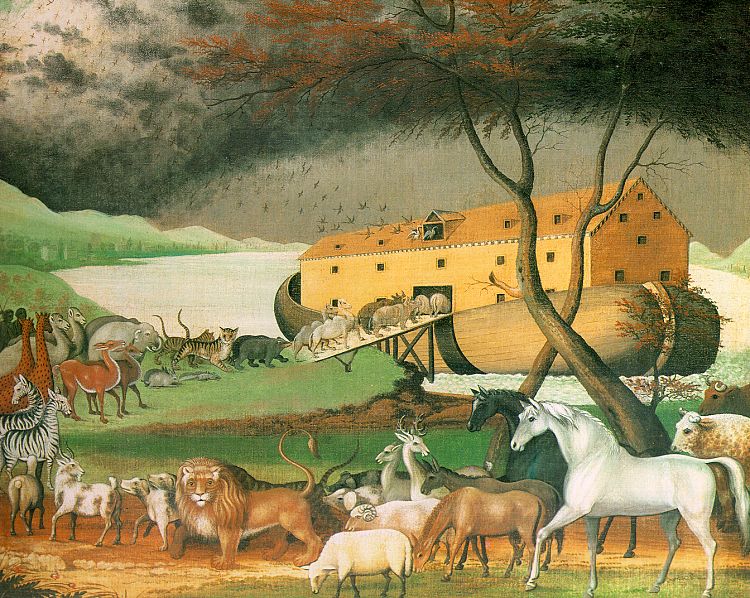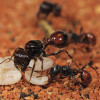The bible tells the story of how Noah had to choose two of every animal to take onto his ark and save from the flood. Now modern day conservationists face a similar challenge, because there is, sadly, not enough money and time available to save all the species that are threatened with extinction. So, how to chose which species to try and save?
 In a study published in the journal Ecological Economics, Kerstin Zander from Charles Darwin University in Australia, led a team of scientists who investigated how decisions might be made about how to save species of Borana cattle, a group of culturally important cattle in East Africa.
In a study published in the journal Ecological Economics, Kerstin Zander from Charles Darwin University in Australia, led a team of scientists who investigated how decisions might be made about how to save species of Borana cattle, a group of culturally important cattle in East Africa.
They based their analysis on a formula devised in the 1990s by an economist called Martin Weitzman at Harvard University which incorporates the cost of protecting a certain species, how useful or genetically diverse it is, and also what the chances are that it will survive it conservation efforts are directed at it.
Using this formula, the researchers found that it was the Ethiopian breed that would perhaps do best, partly because they are at greatest risk of extinction and also because around 80% of local livestock keepers are already willing to help work towards conserving the cattle making it much more likely that a conservation project aimed at his variety would be successful.
Noah only brought two of each species onto his ark, which we know today would not have worked because the animals would have become incredibly inbred. Zander and her team have calculated that around 1000 female and 100 male Ethiopian Borana cattle is the absolute minimum needed to ensure their survival into the future, at a cost of around 7700 Euros a year.
Making conservation choices based on models like this can help to direct efforts towards projects that will be successful, but they do require lots of information which isn't always available.










Comments
Add a comment